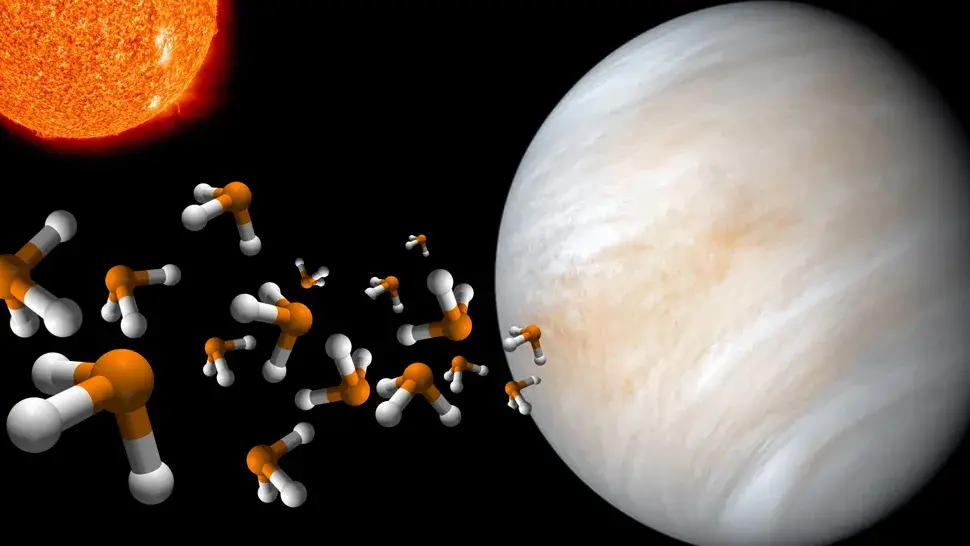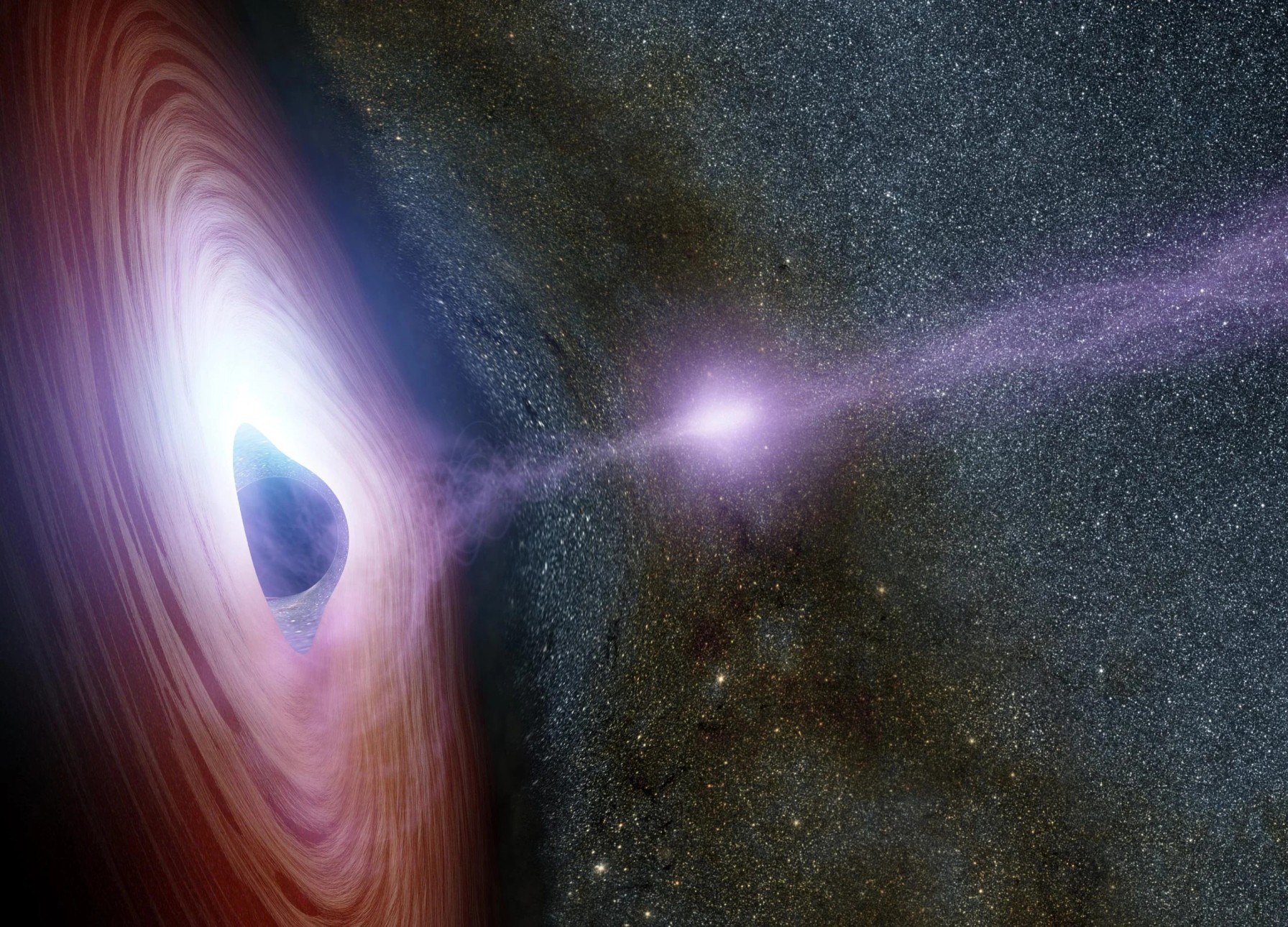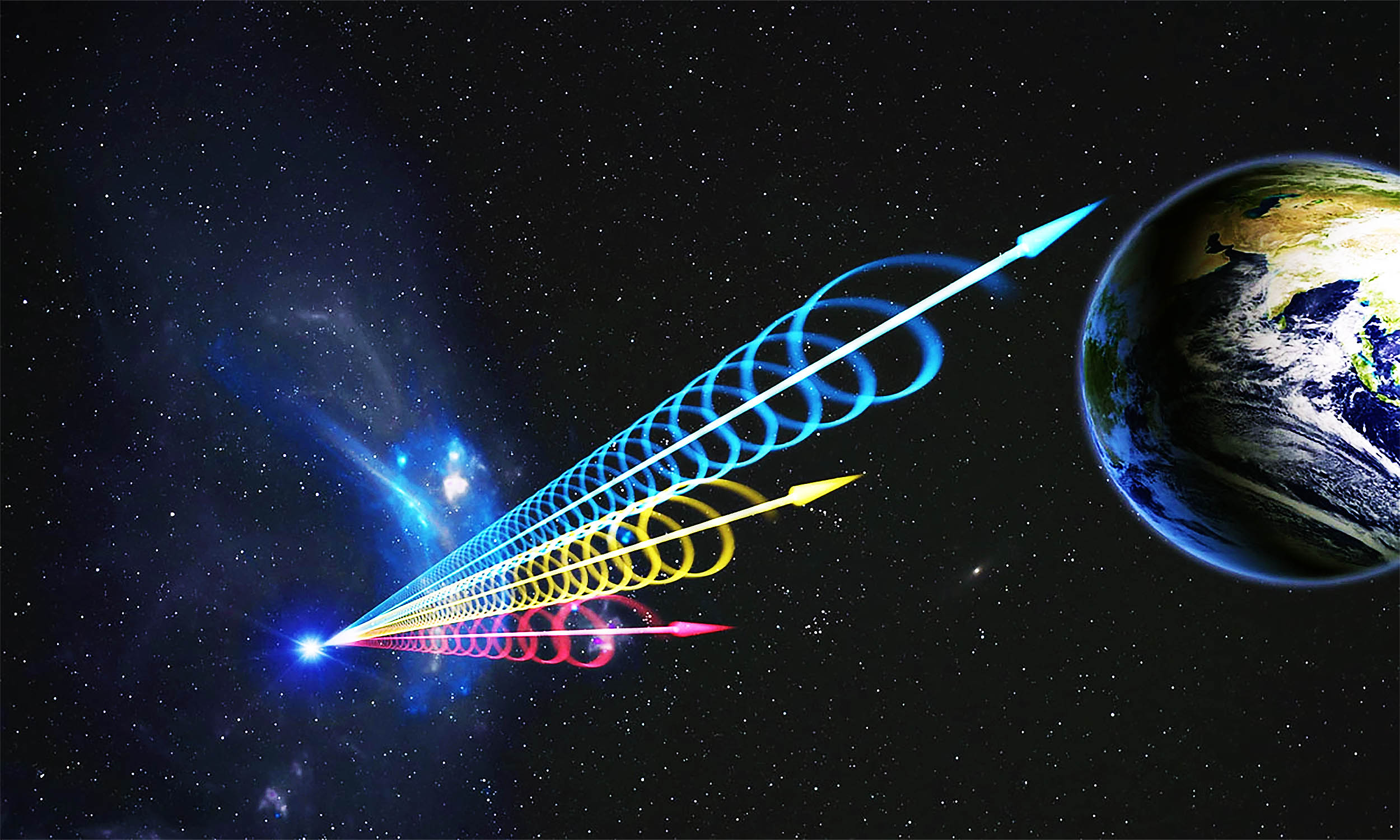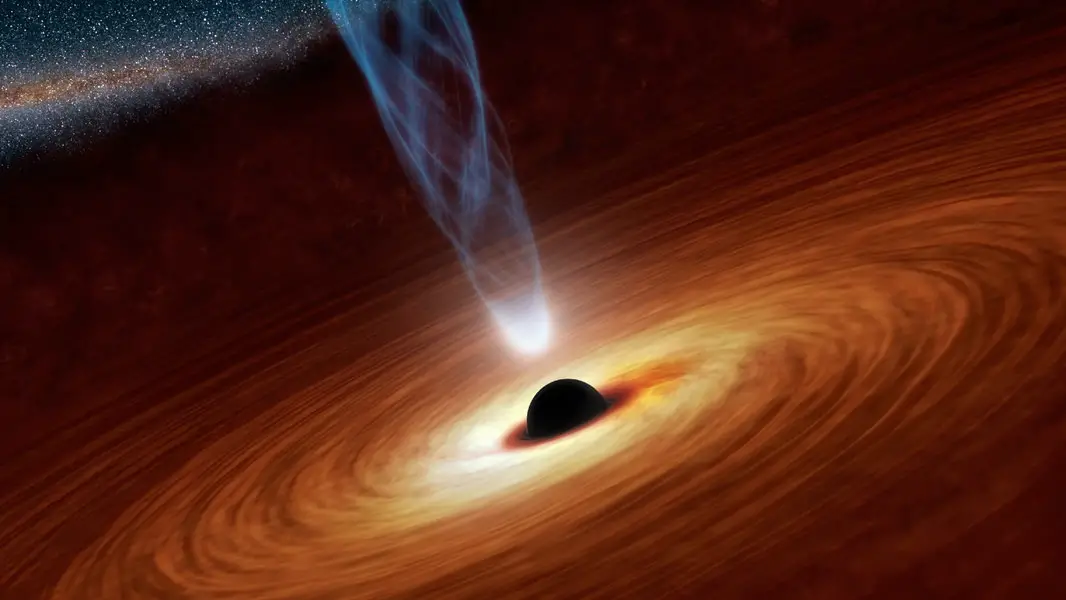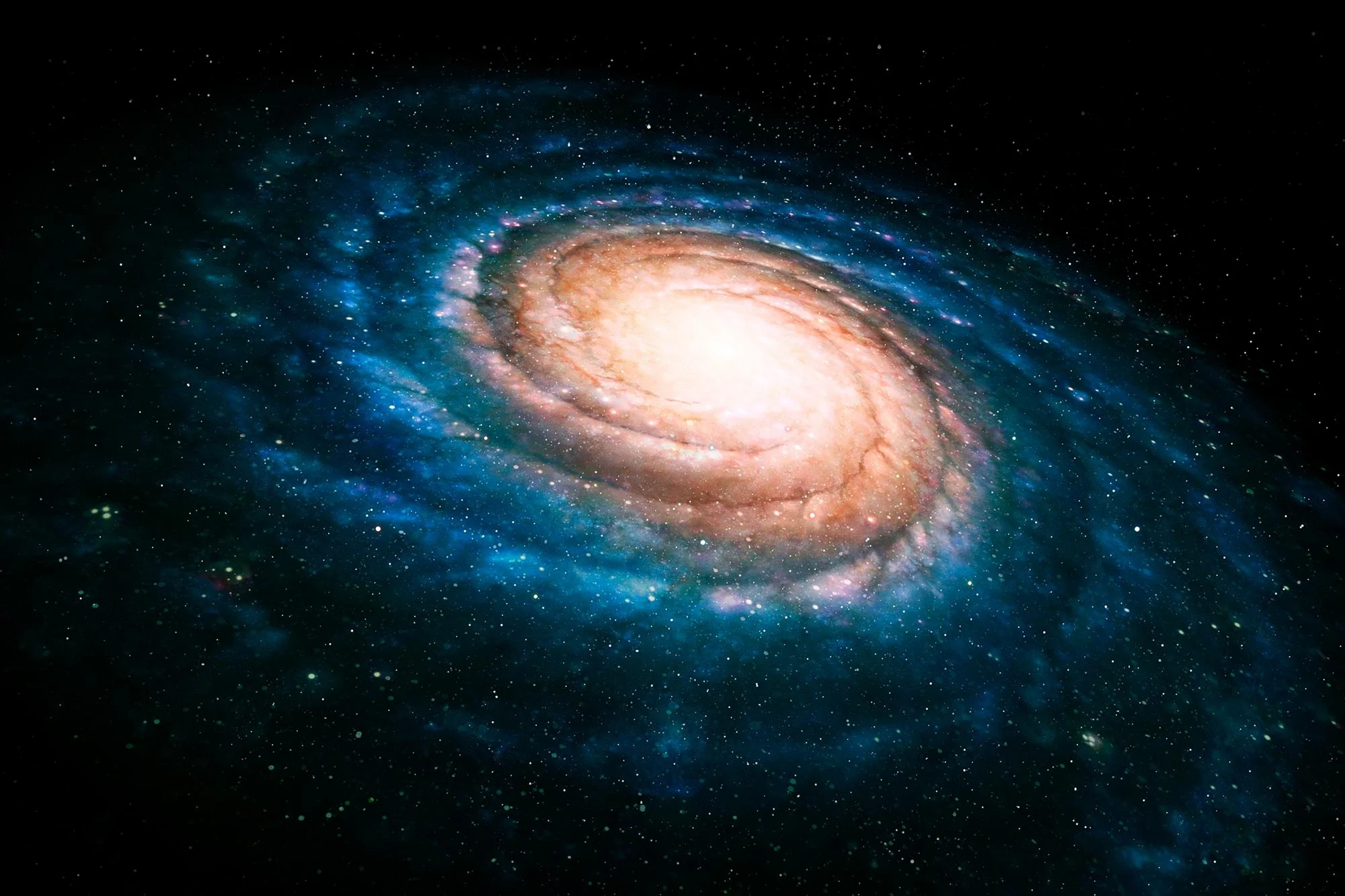Phosphine detection on Venus now confirmed in 5 studies using multiple instruments.
Key Takeaways
- Another robust phosphine signal detected on Venus strengthens the case for possible alien life.
- The discovery is the most significant yet, backed by 50 hours of telescope observations.
- Phosphine’s concentration and location align with possible extremophile microbial activity in Venusian clouds.
- Five separate detections since 2020 point to a consistent source of phosphine.
- Further observations and planned Venus missions aim to confirm or refute this groundbreaking finding.
________
New Phosphine Signals Verified
UK astronomers have detected a robust signal of phosphine gas in the clouds of Venus, reigniting hopes for alien life. The phosphine detection, made using 50 hours of observations from the James Clark Maxwell Telescope (JCMT) in Hawaii between February 2022 and May 2023, marks the fifth such confirmation since 2020. Phosphine, a chemical strongly associated with biological activity on Earth, is considered a potential biosignature when found in significant concentrations.
Professor Jane Greaves, an astrobiologist at Cardiff University, presented the findings at the National Astronomy Meeting 2023 in Wales, UK. She emphasized that the recurring detection of phosphine indicates a steady source, which could point to microbial life in Venus’ clouds or an unknown chemical process. The new study also reevaluated earlier data from NASA’s SOFIA airplane, which had failed to replicate the 2020 findings. By adjusting the data analysis method slightly, Greaves uncovered evidence of phosphine in the earlier readings.
A History of Controversial Findings
The first phosphine detection was announced in September 2020, sparking widespread interest due to the potential implications for extraterrestrial life. Researchers had identified the gas at an altitude where the conditions—temperature and pressure—are similar to environments on Earth that support extremophiles. These hardy organisms thrive in extreme conditions, including low-oxygen environments, and could potentially exist in the Venusian clouds.
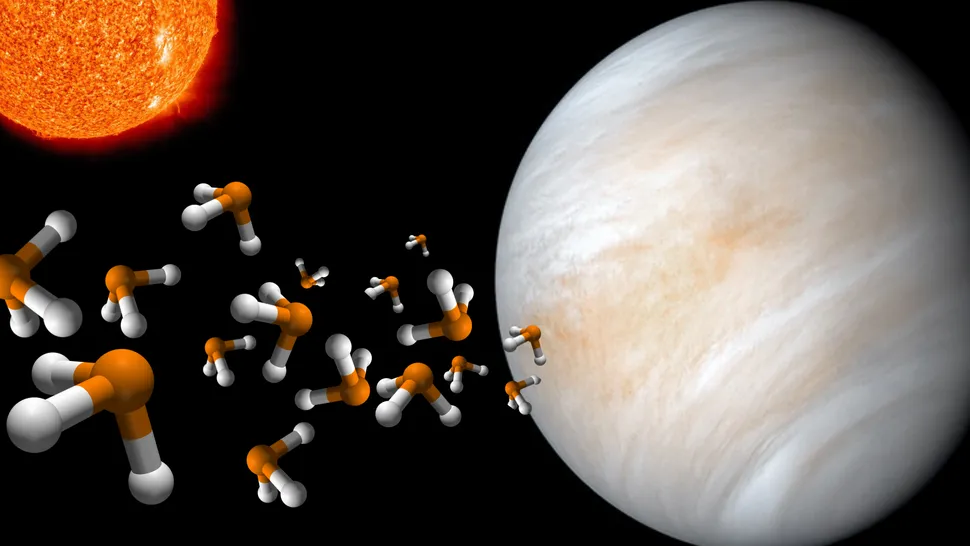
However, the 2020 findings were quickly contested. Critics suggested the data could instead indicate sulfur dioxide, a common component of Venus’ atmosphere that is not a biosignature. The debate led to further studies, and in 2022, the original team reconfirmed their findings with new observations. They cited legacy data from NASA’s Pioneer Venus Neutral Gas Mass Spectrometer to support their claim that phosphine was the only phosphorus-containing molecule fitting the conditions at an altitude of 51.3 km.
Future Observations and Missions
The recent findings, supported by five independent detections from three different instruments, have bolstered the argument for phosphine as a genuine feature of Venus’ atmosphere. Additional observations, including 150 hours scheduled on the JCMT, aim to solidify this conclusion.
Confirmation of life in Venus’ atmosphere may have to wait for the arrival of missions like NASA’s DAVINCI+, set to explore Venus in 2031. However, there is uncertainty about whether the probe will prioritize phosphine detection, as its mission was planned before the 2020 discovery.
Until these missions launch, the debate over whether phosphine is a sign of life or a previously unknown chemical process remains open. These recurring detections, however, suggest Venus might hold the first evidence of life beyond Earth.
